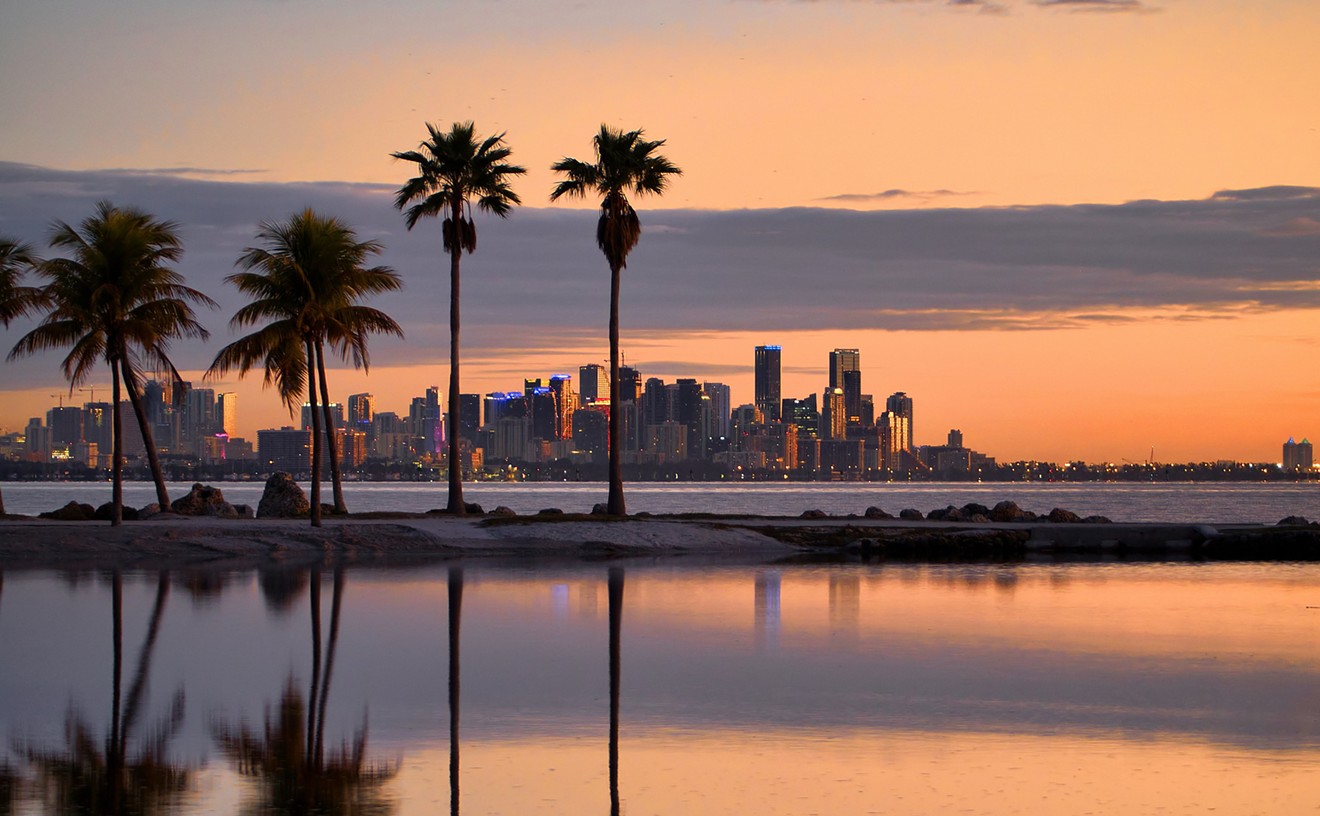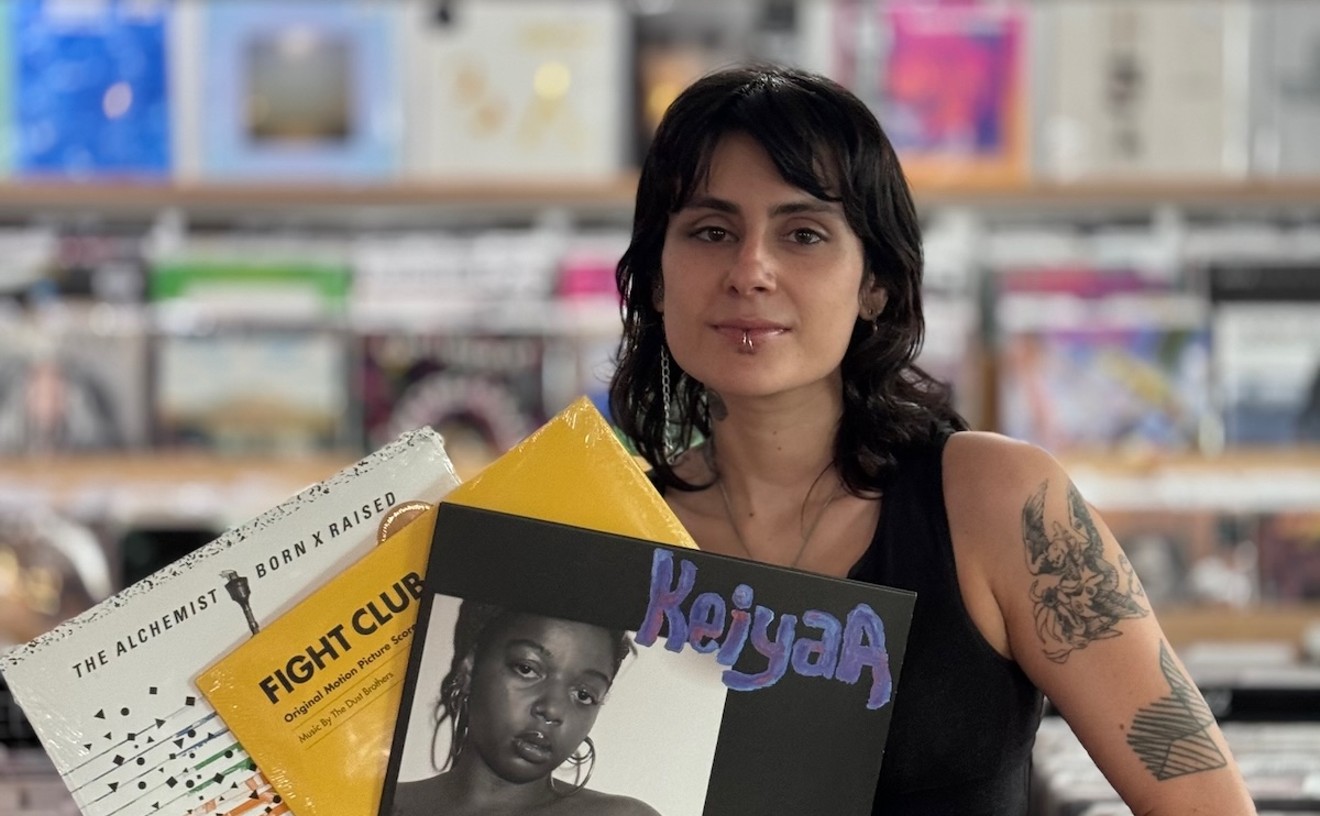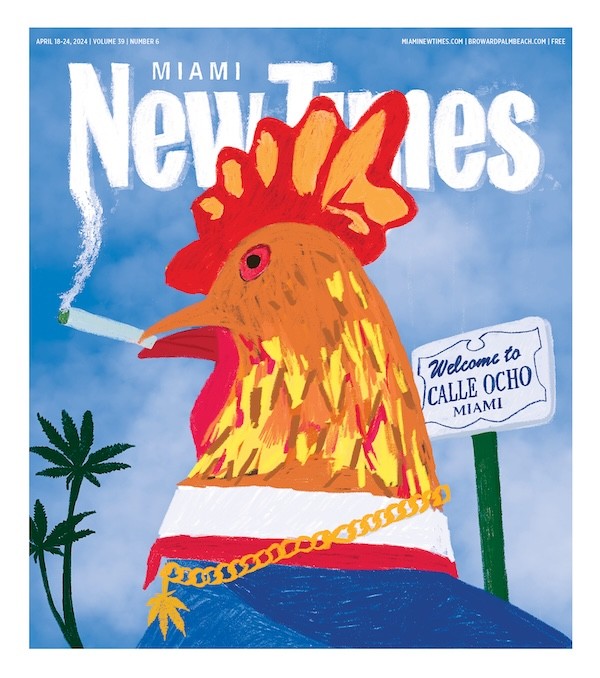Last year it was easy to bog down a list with novelty picks, goofy Steven Soderbergh spectacular-spectaculars, and little-seen documentaries about corn fetishists. This list at least feels more hefty and substantive, like a compendium of work made by craftsmen and caregivers who brought to the multiplexes more heart and soul than in years past. A colleague suggests the list below is a collection of movies about (and, in Bowling for Columbine's case, by) unhappy people -- unhappy men, actually, even in films dominated by sad women (Far from Heaven, Sunshine State) and chicks in comas (Talk to Her). It's quite the valid point; come to think of it, this has been the Year of the Miserable White Guy, if you take into account Beck's heartbreaking masterpiece Sea Change and Larry David's Curb Your Enthusiasm, starring a man on the verge of a nervous breakdown. I'd also insist this is a list dominated by films about real people, or at least recognizable archetypes; even Solaris, set in dizzying regions of outer space, aches with the identifiable pain of loss, guilt, and regret. That's what the fourteen people who saw it and loved it thought, anyway; count me among their tiny, silent ranks.
For proof the major Hollywood studios have lost their way, look no further than the boxed sets Sony and Warner Bros. sent to Academy Award voters and film critics, begging them to consider their product come award time. Sony's collection included DVDs of xXx, Stuart Little 2, Spider-Man, Panic Room, and MIIB: Men in Black 2; Warner's contained Blood Work, The Divine Secrets of the Ya-Ya Sisterhood, White Oleander, and Harry Potter and the Chamber of Secrets. In all, a particularly dreary and expensive lot not worth the plastic it's imprinted on. Most stunningly, Universal's been sending out screeners of About a Boy (and, by the way, thanks!) and The Emperor's Club, the latter a most revolting bit of Oscar stink bait, while keeping to itself The Truth About Charlie and The Bourne Identity, two awfully fun movies that were every bit as entertaining as Steven Spielberg's chase-film twofer of Minority Report and Catch Me if You Can. Maybe Uni figured everyone would mistake them for the same movie; even now I forget which starred Matt Damon. Both, right? No? Huh.
There's barely the blockbuster here, and even the films on this list funded by major studios have that indie vibe: They play small and feel big, like home movies blown up for the giant screen. Let's not pretend these lists are compiled using any professional criteria -- cinematography or score or, say, attention to detail in the manufacturing of sets. (If that were the case, Gangs of New York would rank high on my best, not most-disappointing, list. Speaking of which, how the hell does the Hollywood Foreign Press justify its Cameron Diaz nod as best supporting actress for the Golden Globes? Oh, yeah -- them foreigners donna speaka no English, right, which explains just about everything.) No one loves a movie simply because of its technique -- well, unless you're talking Adaptation, which is nothing but and topping crits' lists nonetheless, a sure sign they ain't selling Zig-Zags for cigarette tobacco in New Yawk City.
It's about the people, people; you gotta care just a little if you're going to like a lot, which is why I can't go for no CG Gollums or pre-pub wizards when there are plenty of frustrated-disenchanted-brokenhearted folks from which to choose this year. Yes, yes, whatever -- Two Towers is a remarkable bit of filmmaking, majestic and sweeping and blahblahblah. But give me humans over hobbits any three hours of the day. And take this list for what it is: the beginning of a discussion, hardly the end of one.
1. 25th Hour. Or, a tale of one city: Small-time Manhattan drug dealer Monty Brogan (Edward Norton) spends his final day of freedom making peace with his pops (Brian Cox), his girlfriend (Rosario Dawson), and his old pals from high school (Philip Seymour Hoffman and Barry Pepper). But Spike Lee, at his most restrained and reflective, finds in David Benioff's screenplay, based on the author's 2001 novel, more than just the story of a guy about to do time for the crime; he uses it to tell the story of New York City in the ashen days after September 11 by pointing the camera at hastily erected FDNY memorials and Ground Zero itself, seen during a prolonged and painful scene that takes place in an apartment overlooking what used to be the World Trade Center. The Last Temptation of Christ-like ending is wrenching, but no more than the moments when Monty realizes he had everything and watched it crumble, like the city itself.
2. Bowling for Columbine. Those who'd insist this isn't the doc of the year don't know or don't care; it's not just about gun violence but the cycle of violence itself, from poverty to pain and back again, over and over and over. Michael Moore gets in Michael Moore's way too often, and not just because he's a big fella, but the man gives a shit, and that's all that counts. When he and two Columbine High survivors shame Kmart into giving up ammo sales, you cry and cheer; too bad it took a stunt to force the company, bankrupt in more ways than one, to do the right thing. And you're forced to wonder whether Chuck Heston lost his mind because God thinks he's a mean ol' man.
3. About Schmidt. Jack Nicholson hops in the Winnebago and takes a trip to, ya know, himself; the journey's ugly and without meaningful discoveries, only the revelation that a man doesn't define himself at life's end by what he did, but what he didn't do. Nicholson, a mess of sagging flesh and overgrown ear hair, gives the performance of a lifetime by becoming so small he disappears on the big screen. And Kathy Bates gets naked, which gets her an Oscar nod and gives us the creeps.
4. Punch-Drunk Love. At long last Joe Roth's Revolution Studios lives up to its name, and what does he get for his troubles? Bupkus, which is a friggin' shame, since Adam Sandler's gonna figure his audience doesn't want to see him all sad and serious and shit and take that as permission to go ahead with that Little Nicky sequel.
5. Far from Heaven. Doug Sirk would have been proud ... or mighty weirded out by the sight of Dennis Quaid making out with another man. A friend insists, by way of compliment, this is a laugh-out-loud comedy, and he's right, of course; it's so over-the-top it's a bottom. Still the loneliness is overwhelming, and Julianne Moore never, for a second, acts like she's in on the joke.
6. Chicago. So good you'll swear Richard Gere can sing and dance, which he can't; so good you and your mama will love it with equal ferocity. The best musical since Cabaret, which figures since they were written by the same fellers; or, could be the best musical since All that Jazz, which figures since it's all that Fosse, just more of it.
7. Solaris. Steven Soderbergh's other great movie of the year, just not the one that features a Hitler who wants to "take a swim in Lake Me." Instead George Clooney is lost in space and still managing to hook up with a hot piece, which is what makes him a god and the rest of us idle worshippers. And, if nothing else, you and your date can argue about when he died -- at the beginning of the movie or at the end. Like I spoiled anything; you'll never see it.
8. Talk to Her. Easily the best movie Pedro Almodóvar's ever made, if only because he's not trying so hard to be so willfully nutso; it's a quiet, haunting, beautiful movie about despair and longing, and it also happens to feature the most surreal rape scene ever, "set" as a silent film scene in which a tiny man walks into a giant pussy. You know, when you read that, it's gonna sound willfully nutso.
9. Sunshine State. Easily the best movie John Sayles ever made, because he finally figured out how to talk and point a camera at the same time. This movie about race, class, and real estate is more poignant than it has any right to be, and not just because Edie Falco's ten times the actress, well, most everyone else is right about now.
10. About a Boy. Chris and Paul Weitz prove themselves more than bakers of juvenile Pie with a touching, funny story about a man who acts the badly drawn boy till he takes on someone else's lonely kid and, yes, grows up. Too bad Hugh Grant spoils the estimable goodwill by ending the year giving Two Weeks Notice.










